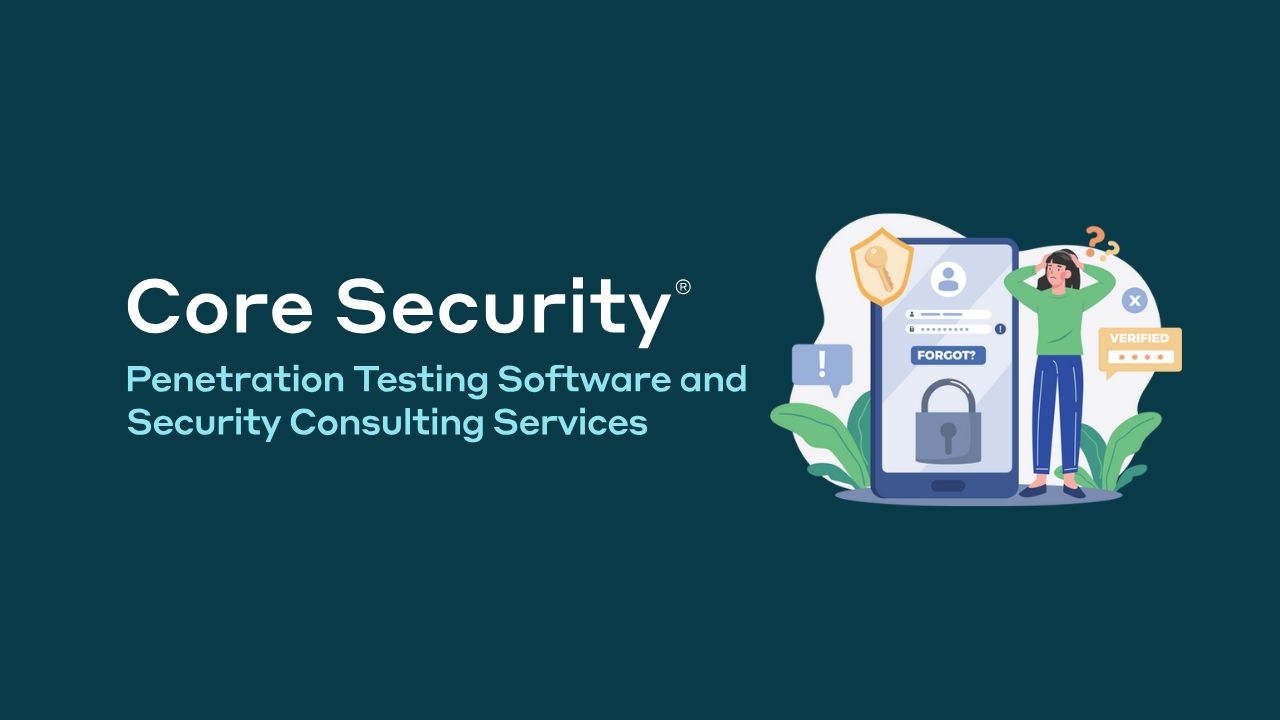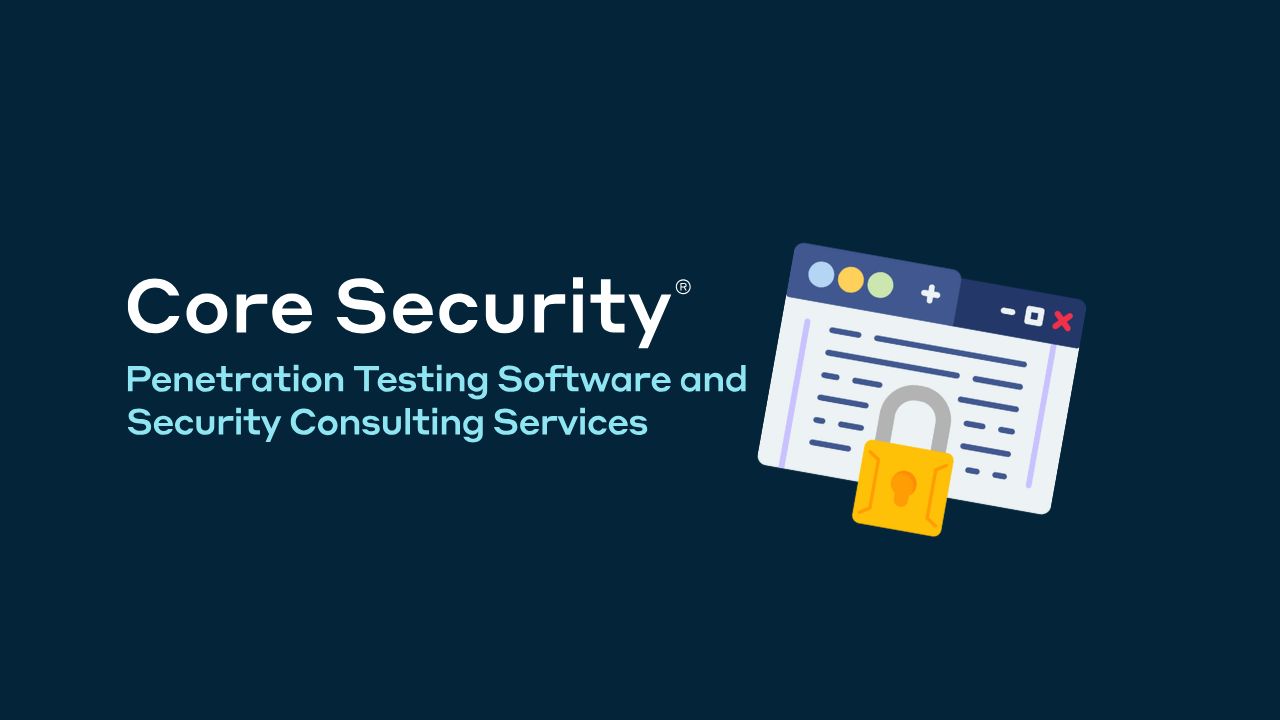Cybersecurity Trends 2024: How to Protect Yourself in a Digital World :-In today’s increasingly interconnected world, cybersecurity has evolved into a core concern for both individuals and enterprises. As we advance into 2024, staying ahead of emerging threats is crucial. This article explores the cybersecurity trends shaping 2024 and provides strategic measures to protect yourself in the digital domain.
Cybersecurity Trends 2024: How to Protect Yourself in a Digital World
1. Rise of AI-Powered Cyberattacks
Artificial Intelligence (AI) is a double-edged sword. While it empowers security systems to detect threats faster, it also serves as a sophisticated tool for cybercriminals. AI-driven attacks can bypass traditional defenses by mimicking human behavior, creating a new era of cyber threats.
How to Defend Against AI-Driven Threats
- Invest in AI Defense Systems: Utilize AI-based solutions that adapt to evolving threats and can identify anomalies in real time.
- Regular Training and Awareness: Equip your team with knowledge about the latest attack methods. Awareness reduces the chance of social engineering attacks succeeding.
- Layered Security: Employ a multi-layered security approach, integrating firewalls, endpoint protection, and advanced analytics.
2. Expansion of Zero Trust Architecture
The Zero Trust model is revolutionizing how we approach security. In a Zero Trust environment, trust is never granted implicitly; verification is required from everyone and everything trying to connect to a system.
Implementation Strategies for Zero Trust
- Continuous Authentication: Adopt practices like multi-factor authentication (MFA) and device verification.
- Micro-Segmentation: Divide your network into secure segments to contain breaches and limit unauthorized access.
- Policy Automation: Use AI and machine learning to automate access policies, ensuring only authorized users have appropriate permissions.
3. Cloud Security Challenges
With the surge in cloud-based services, the security landscape has become more complex. Cloud providers and users both bear responsibility, yet the shared model often leads to gaps in protection.
Best Practices for Cloud Security
- Encryption: Encrypt data both at rest and in transit to mitigate the risks of breaches.
- Security Posture Management: Utilize tools that automatically assess and strengthen your cloud security configuration.
- Regular Audits: Conduct routine security audits and vulnerability assessments to ensure your data remains secure.
4. Sophistication of Phishing Attacks
Phishing schemes have become increasingly intricate, leveraging social engineering tactics to exploit human error. In 2024, expect more spear-phishing and deepfake scams that fool even seasoned security professionals.
How to Guard Against Phishing
- Phishing Simulations: Conduct regular tests to improve awareness and response to potential phishing emails.
- Email Filtering Tools: Implement advanced filters that can identify suspicious emails based on content and sender reputation.
- Educate Your Workforce: Continuous education about recognizing red flags in email communication remains critical.
5. Quantum Computing and Cryptography
Quantum computing presents both incredible opportunities and enormous risks. The ability of quantum computers to break traditional cryptographic algorithms threatens data security worldwide. While still in its early stages, it’s wise to prepare for these changes now.
Preparing for Quantum Security
- Post-Quantum Cryptography: Invest in cryptographic algorithms that are resistant to quantum attacks.
- Data Migration Strategy: Start planning how sensitive data will be transitioned to more secure systems.
- Collaborate with Experts: Engage with cryptography experts to stay ahead of advancements in quantum technology.
6. Privacy Regulations and Compliance
New data protection laws are being enacted worldwide. Compliance with regulations such as the GDPR, CCPA, and emerging global standards remains a top priority.
Steps to Maintain Compliance
- Data Mapping: Keep track of where data is stored, processed, and transmitted.
- Privacy Impact Assessments: Conduct assessments to understand the potential effects of projects on data privacy.
- Automation: Use tools to automate data deletion requests, breach reporting, and other compliance tasks.
7. Internet of Things (IoT) Vulnerabilities
As more IoT devices connect to our networks, each new endpoint becomes a potential vulnerability. From smart home devices to industrial systems, the attack surface is growing exponentially.
Securing IoT Devices
- Change Default Settings: Default usernames and passwords should always be replaced with strong, unique credentials.
- Network Segmentation: Place IoT devices on a separate network to limit their access to critical systems.
- Update Firmware: Regularly update IoT device firmware to patch vulnerabilities and enhance security features.
8. Cyber Insurance as a Risk Management Tool
Cyber insurance is becoming an essential layer of defense as organizations recognize that breaches can have significant financial consequences. It provides a safety net, but insurers are becoming more selective.
Optimizing Cyber Insurance Policies
- Comprehensive Coverage: Ensure your policy covers a wide array of potential risks, including ransomware attacks and data breaches.
- Risk Assessment: Conduct thorough risk assessments to meet insurer requirements and reduce premiums.
- Incident Response Planning: Have a detailed response plan that includes communication strategies and backup systems.
9. Cyber Resilience and Crisis Management
Cyber resilience is more than just security; it’s about preparing to bounce back from attacks swiftly. 2024 will see a greater emphasis on incident response and business continuity planning.
Building Cyber Resilience
- Regular Backups: Maintain frequent, encrypted backups stored separately from your primary systems.
- Simulated Attacks: Conduct regular simulations of attack scenarios to test and refine your response plans.
- Cross-Functional Teams: Create response teams with members from IT, legal, PR, and executive management.
Conclusion
Staying ahead of cyber threats in 2024 requires a proactive and strategic approach. By understanding emerging trends and adopting comprehensive security measures, we can create a safer digital environment. The threats are evolving, but so are the tools and strategies available to defend against them.









